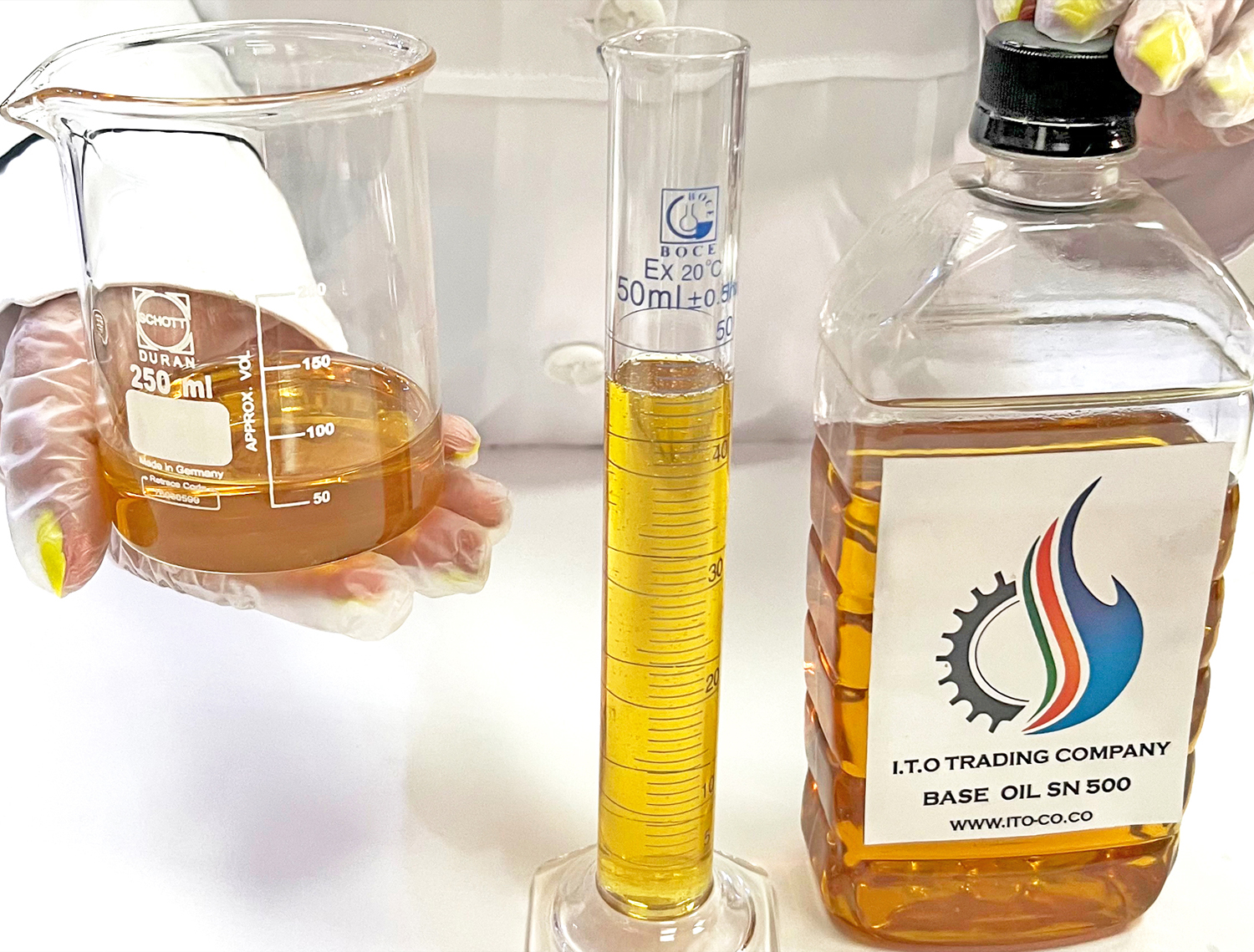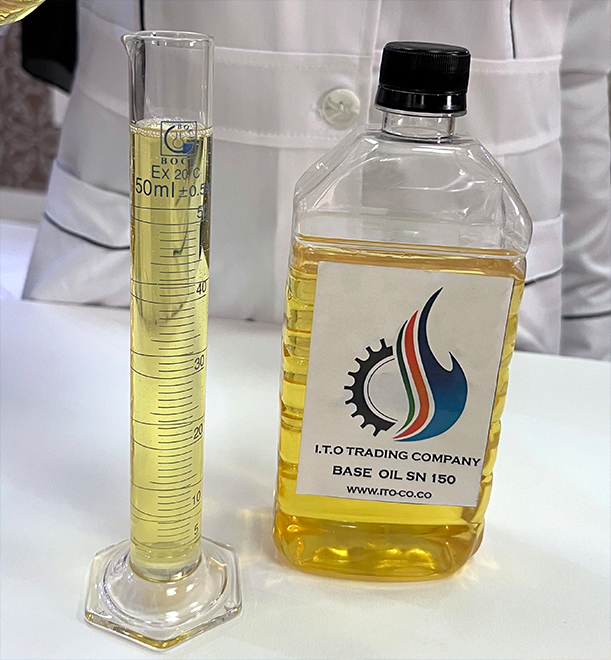
BASE OIL

BASE OIL
Base oils are essential components in the production of lubricating oils and other products. There are mainly two types of base oils: mineral and synthetic. Mineral base oils are made by refining crude oil which involves processes that remove impurities and improve the oil's qualities. On the other hand synthetic base oils are created through chemical processes and offer better performance in extreme conditions. Both types have their own specifications and applications making it important to choose the right one for specific needs.
Petroleum Base Oils
Group I
Group I base oils are the least refined base oil. Two main characteristics of Group I base oils are that they are composed of less than 90% saturates and/or greater than 0.03% sulfur. If either of these conditions are satisfied, then the base oil will be classified as Group I. The only process that is used is solvent refining, which allows Group I base oil products to be cheaper than their more refined equivalents. These are generally used for less-demanding applications and could be ideal for applications where lubricant consumption is high.
"Group II"
Group II base oils are more processed than Group I. Besides solvent refining these oils are also purified through a process called hydrocracking. These base oils unlike Group I base oils need to have more than 90% saturated compounds and less than 0. The percentage is three out of one hundred. These lubricants have a higher amount of saturated fats which makes them better at resisting oxidation compared to Group I base oils.
If you do not meet either of these requirements you will be placed in a Group I category. These products have a viscosity index between 80 and 120. This means these oils perform well in resisting evaporation staying stable when heated preventing wear and having a high flash point. They perform just okay in cold weather. Because of the current treatment costs most people now use Group II lubricants and many have changed from Group I oils to Group II oils.
There is an unofficial Group II+ that includes premium Group II base oils. To be classified as Group II+ these base oils need a viscosity index between 110 and 120.
"Group III"
Group II base oils need to satisfy the same requirements for saturates and sulfur as Group II oils. However they must also have a viscosity index higher than 120. To achieve this these base oils undergo intense processes like hydrocracking hydroisomerization and hydrotreating resulting in a top-quality petroleum base oil. These products provide better stability and consistent molecules making them perfect for certain semi-synthetic lubricants.
Some people think that Group III base oils are synthetic.
